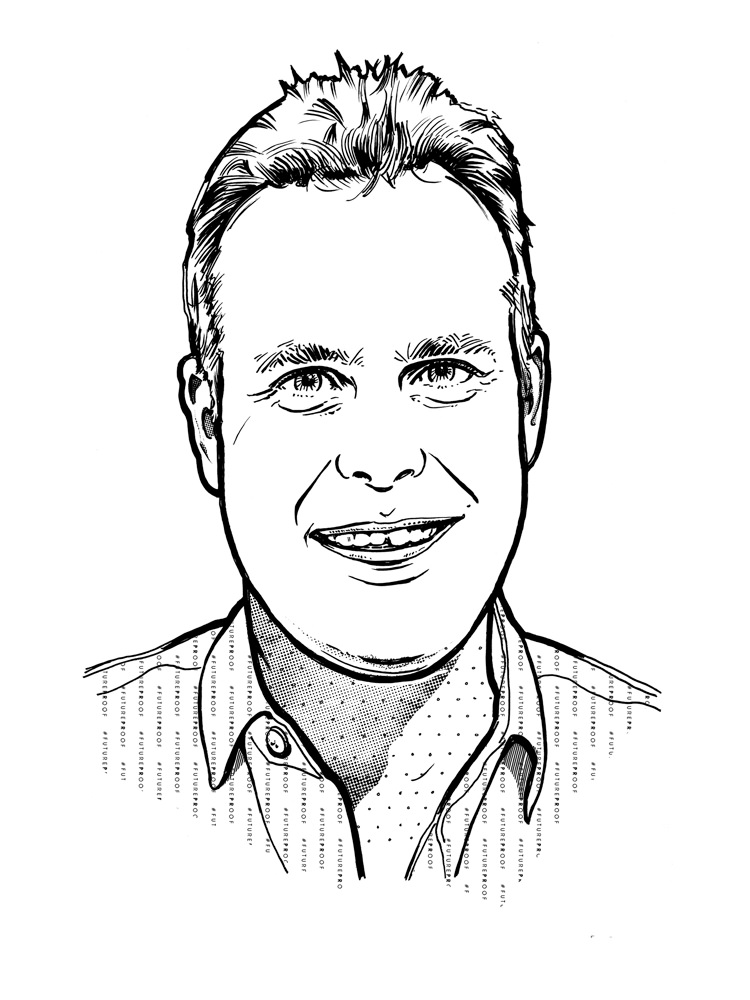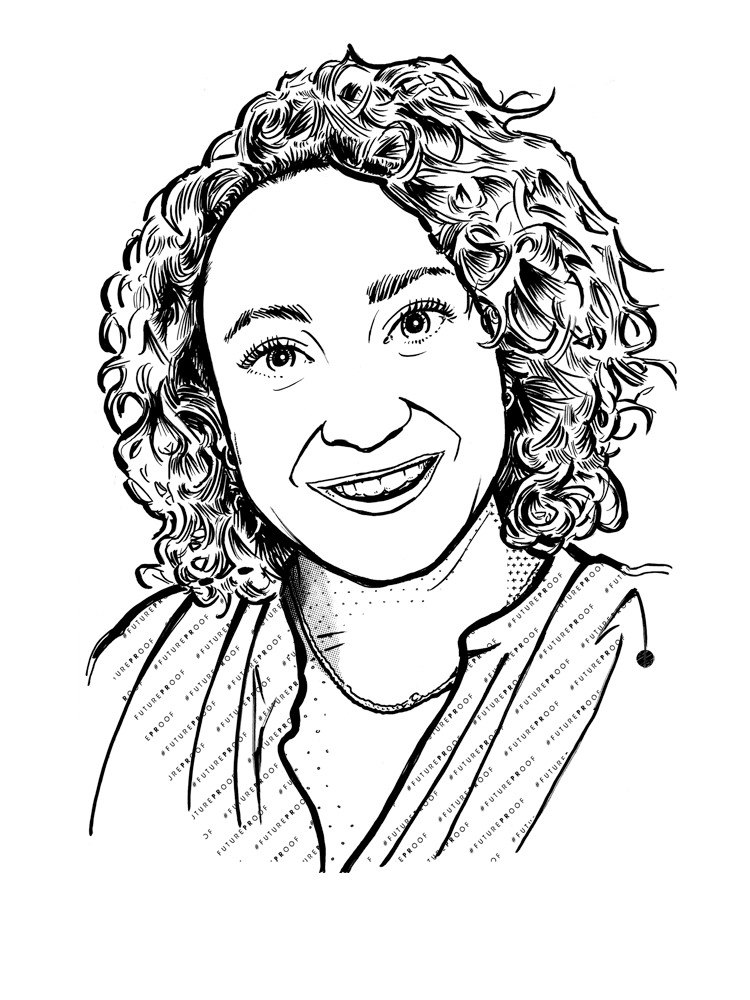It’s all about the planning and insight
As NHS communicators, we work with highly trained, clinical and academic colleagues, many of whom have spent years studying and carrying out clinical research and study for their professional field.
We need to meet them on the same sound professional basis by demonstrating how data and research informs the strategies we build our campaigns upon and in turn how outputs turn into outcomes.
In the main that means patient behaviour and ultimately the return on the investment in us as professionals and the budgets we ask for.
This is especially important in today’s difficult financial climate, where communications and marketing budgets are seen as easy contributions to cost improvement programmes.
There has never been a better time to really demonstrate the strategic value that NHS comms can bring – and how valuable our work can be, particularly when taking pressure off Emergency Departments.
We need a media release to tell people to stay away from Emergency Departments?
Putting out a press release and social media messages telling people not to come to Emergency Departments of course has its place in the immediacy of the specific pressure faced by that hospital, but often the release is responding to challenges over previous days.
What these don’t do is tackle the patient’s decision-making process to go in the first place.
All Trusts are facing exactly the same issues and inadvertently competing for the same media air space. This duplication of effort makes a good argument for working at scale across a wider geographical patch, as well as for pooling expertise and resources on a joint strategy.
To achieve population behaviour changes around the use of Emergency Departments, communicators need to persuade NHS leaders to support an at scale, insight led approach.
We also need to stop treating all patients as one large group (at least in marketing terms) and embrace the data. Or at least embrace the people who can help us access and understand the data in order to provide a sound basis for strategy development.
Here’s the science bit
In the North East and North Cumbria Urgent and Emergency Care Network, we’ve achieved agreement from NHS system leaders for NHS communications leads to collaborate and use an at scale, insight-led approach to reduce high levels of non-critical Emergency Department use.
The first step was leads working with clinical data analysts to understand what information we had.
The data told us that there were high numbers of parents with young children under five years old attending, with lots of common childhood illnesses. Often the outcome was no treatment at all but reassurance and guidance from staff.
Children account for a high proportion of attendances (2015/16) but approximately 60% of 0-4 year olds are discharged with no treatment.
Added to this, attendances at Emergency Departments for under-fives in the North East region is 763.6 per 1,000 population, which is significantly higher than the England average of 540.5 per 1,000 population.
Using postcode data from Emergency Department attendances we were able to identify who was most over-represented and create an Experian mosaic group M (family basics) and conduct focus groups with these people.
The touchy feely bit
Our research showed clearly that these parents are less confident about what to do with common childhood illnesses. They also seek medical intervention earlier than previous generations, often by attending Emergency Departments and walk-in centres/urgent care centres.
What’s more, societal changes have had an impact on parents wanting help for their child. Whereas before people would have asked parents or grandparents for help, now they frequently live apart from support networks so tend to seek medical advice.
Emergency Departments are seen as the safe choice, with individuals being more likely to attend with a third party, particularly a child.
We need an app for that
It became apparent that there was significant opportunity to support this particular group of parents of young children through an educational tool, the NHS Child Health app.
If key patient groups can gain confidence and take more responsibility for their children’s health and well-being by using a self-care app, the result will be better decisions about common childhood illness and fewer inappropriate attendances at busy NHS services.
With this in mind, an app was developed in conjunction with parents and clinical staff. As research showed that parents/carers were unsure where to go, this incorporated geo-targeting to make it easy to locate the nearest NHS service.
There were clear guidelines about tone of voice and appearance following feedback from focus groups and once developed, further focus groups were undertaken to test the app out.
Constructive feedback was given about how the app could be improved – from needing to make the search function more obvious, to having an audio feature on the app so they could listen to the advice when taking care of their child.
Digital-first approach for the target group
A region-wide digitally-led marketing campaign was then developed, again using evidence from the mosaic profile.
This was launched in partnership with a regional radio station, supported by digital advertising via Mumsnet, online newspaper sites, Google adwords and Facebook.
Information cards were distributed to pharmacies, childrens’ centres and playgroups to encourage people to download the app.
Insertions in magazines were put into infants’ school bags and collateral supplied to all children’s-based activities in the region, such as soft play and nurseries.
All the activity was reinforced by social media and media relations with key messages to download the app.
Pre-empting the surge on services
Back to the issue of media releases not being able to resolve the surge in Emergency Department attendances, some simple data analysis and tracking showed that the different days of the week and times of the year, bank holidays, major sporting events, seasons and weather influenced how busy these were.
This led to the development of ‘surge marketing’ planning, in other words specifically timing all marketing activity for when people were in contemplation mode and thinking about going to an Emergency Department in the next few hours or day.
This is particularly important for Sunday afternoons and evenings as parents contemplating attending an Emergency Department the next day are concerned about clinical issues their child has at that point in time. This is the same on the Monday afternoon and evening of bank holidays which sees the surge switch to Tuesday mornings.
By timing the digital and radio advertising to specific times when people were thinking about whether they should attend an Emergency Department, we were able to give parents trusted information and alternative advice tailored to the concerns they had about their child’s condition via the interactive app.
The results – outputs
Between 1 October 2016 to 29 January 2018, the app had over 19,500 downloads, 51,000 sessions and 268,000 screen views, with 61% users aged under 34.
In terms of promotion, social media had 1.3m reach, 7,600 link clicks, 53,000 video views, with digital advertising gaining 250,000 impressions, 4,600 clicks and media resulting in 21 pieces of coverage with 968,000 reach.
The results – outcomes
User feedback has been highly favourable. Quotes include: “A must-have app that has all the relevant information you should have on your phone.”
NHS communications leads in hospital Trusts have reported that when the app is promoted, they are seeing a reduction in attendances from under-fives.
In terms of confidence, on average the app gets 65% return visits, 10% use it every week and approximately 1 minute 35 seconds is spent on it.
For behavioural change around attendance at an Emergency Department, our comparison was for under-fives attending for minor injuries and illnesses, using data from six months pre and post.
Comparing six-month periods (October to March), on average the number of attendances of under-fives across North East has reduced from 275 to 249. The maximum number of attendances in any one month and any one area reduced from 1261 to 956.
When comparing the three-month time period (January – March), there is a further reduction from 295 to 245, with the maximum number of attendances reducing further to 796.
We are able to equate this to a saving of £12,800 to NHS within a six month period (reduction of 305 attendances at an average cost of £42 at Emergency Departments for minor illnesses) which will continue to build as continued use and promotion of the app continues.
Budget
The budget was £64,000 (development and testing of app - £24,000, digital advertising and printing - £40,000), funded via the North East Urgent and Emergency Care Network.
The notional cost to all NHS organisations would be calculated on a fair shares formula - 50% capita or turnover and 50% number of organisations involved in order to be fair to the size of organisations. For example – large Clinical Commissioning Group £9k contribution, small Trust £3k.
Making the argument for strategic value
A case study like this makes and proves the argument for how working at scale on joint issues provides the strategic value that NHS leaders are looking for from NHS communications.
We need to be prepared to interrogate data and draw upon the full range of communications and marketing tools available, not to mention continue to make the case for investment.
This involves writing proposals, making the pitch to leaders, using the evidence to argue why a media release will not solve the Emergency Department surge and going back with progress and proof.
























